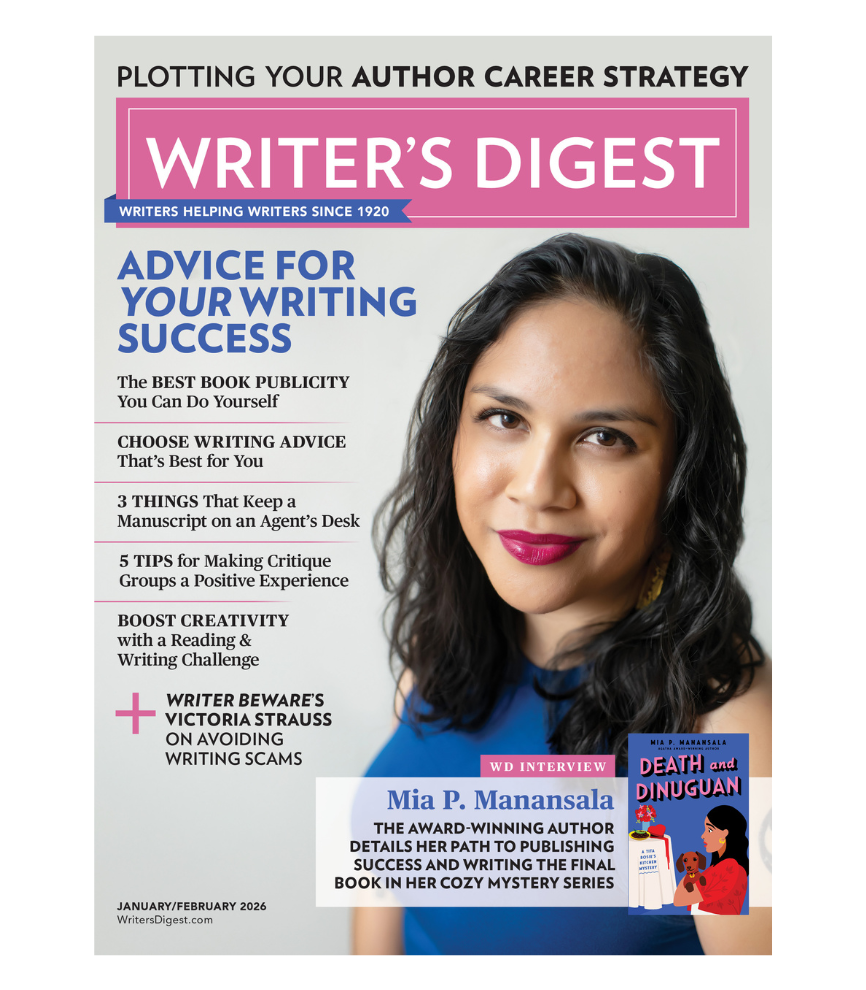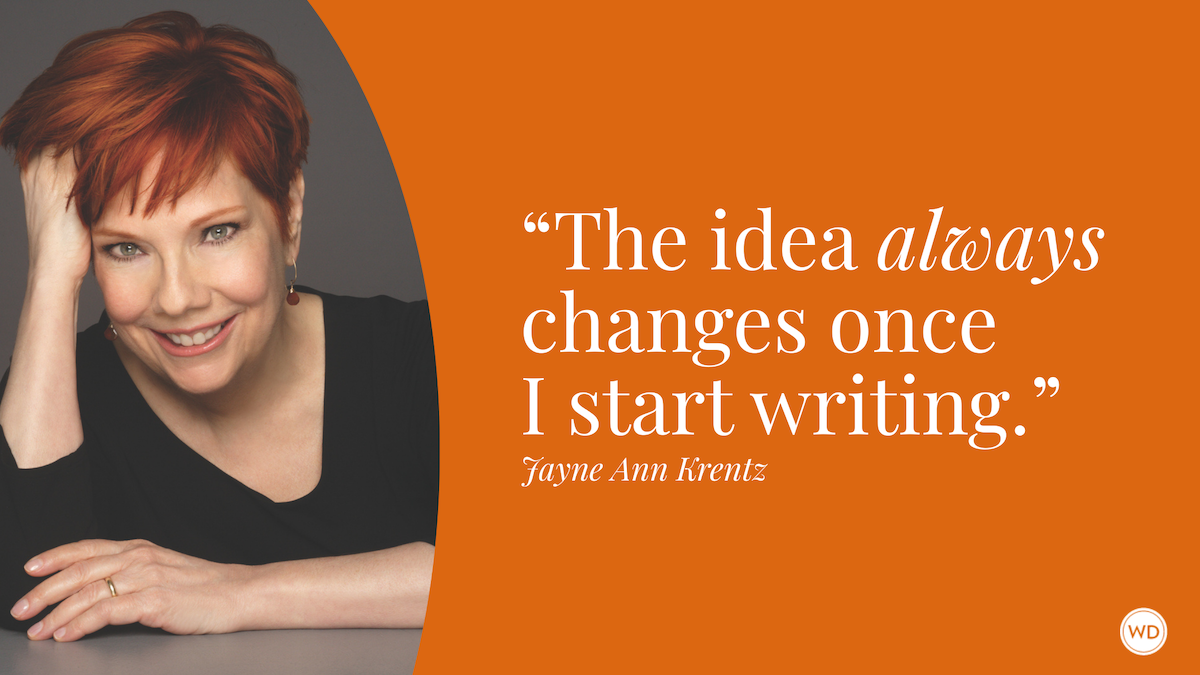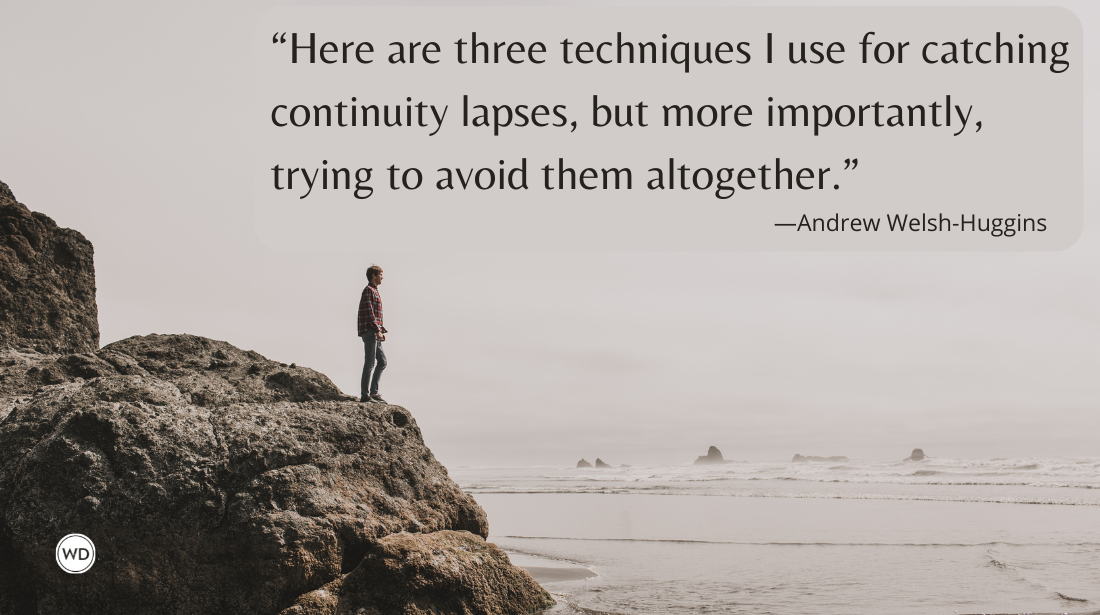8 Things Writers Should Know About Tattoos
Tattoos and their artists can reveal interesting details about your characters and offer historical context. Here, author June Gervais shares 8 things writers should know about tattoos.
A confession about my involvement with the gritty, secretive world of 1980s tattooing: It all blurs into one memory of sitting on a tattoo shop floor, savoring my chicken nuggets. These are the kind of memories you make when you’re high. Or when you’re six years old. I was the latter. My mom was getting tattooed and brought me along.
My novel Jobs for Girls with Artistic Flair is the coming-of-age story of a quirky, socially anxious young woman named Gina Mulley, struggling to become a tattoo artist in the mostly male industry of the ‘80s. To conjure up the world where Gina works, dreams, and falls in love, I went on a years-long odyssey of research, including interviewing and shadowing 10 tattoo artists (and poring over books, documentaries, and more). If you’re planning on including tattoos or tattoo artists in your story, here are a few things to know.
1. Know the language.
So important: don’t call it a “tattoo gun!” It’s a tattoo machine. Those pre-drawn designs on the wall are called flash. Lingo may vary by region, but in the New York/Long Island area, I have yet to hear a tattoo artist call themselves a “tattooist” or their workplace a “tattoo parlor.” The more common terminology is “tattooer”/“tattoo artist,” and “shop” or “ studio.”
2. A character’s choice of tattoo can be a powerful tool for characterization.
If you set your story anytime pre-1990s, giving your character a tattoo will inevitably signify a degree of edginess or toughness (or maybe just drunken impulsivity). The further back you go, the more you’ll have to account for societal assumptions that link tattoos with outsiders, sailors, criminals. A story set in contemporary times, however, won’t necessarily typecast your tattooed character as a rebel—which gives you a bit more freedom to use the tattoo as a device to reveal subtler things about them. What could you imply by giving them a tattoo in a hidden place—or in a highly visible one? Can you make that tattoo an unusual image that will pique our curiosity and reveal its meaning later?
3. That said: People love asking “What does your tattoo mean?” but not every tattoo carries deep meaning.
A purely comedic tattoo reveals something about your character, too. During one research session, I watched a man get a lower back tattoo of the comic book character Deadpool posing like a pinup, with a speech bubble reading: “Yeah, that’s right, I’m a tramp stamp!” (The artist who executed this, FYI, does not generally condone the phrase “tramp stamp.”)
4. Tattoo subject matter has changed over time.
As with fashion, every decade—including the current one—has its own set of stylistic clichés. The ‘90s brought a wave of tribal and Celtic tattoos (along with culturally appropriated Chinese characters later revealed to mean “toilet demon” and the like). These days, Pinterest has become a powerhouse for driving tattoo trends—much to the frustration of artists who are weary of feathers that dissolve into a flock of birds, or lions surrounded by roses and pocket watches.
5. Actually, many things have changed.
If you walked into a tattoo shop in 1975, your experience would likely go like this: You’d choose a design from the flash on the wall. The tattooer would use an acetate stencil and charcoal powder to apply the design. Colors would be limited—yellow, red, green, black, and perhaps purple—and the needle had likely been used on other people, then sterilized and reused. (The emergence of AIDS and HIV in the 1980s sparked the movement toward single-use, disposable needles.)
IndieBound | Bookshop | Amazon
[WD uses affiliate links.]
Today, styles range from abstract and ornamental to photorealistic, with a kaleidoscopic spectrum of colors, and painstaking attention to health standards. Many in-demand artists book months in advance, and you may pay upwards of $200/hour for a highly skilled artist. (Before you balk at this price, remember that creating a custom tattoo involves hours of research, drawing, and revision; that the cost of running a hygienic and professional studio is high; and that it’s worth choosing an experienced artist for this permanent addition to your body.)
6. Like everything else in U.S. history, tattooing has a complicated relationship with race.
When I first began poring over historic photographs of tattooing in the U.S., I primarily found profiles of white men. The handful of women were outliers, with almost no mention of people of color. This doesn’t mean they weren’t tattooing and getting tattoos (see the historical photography curated by Instagram’s @the_sea_hag)! The fine-line, black-and-gray work that arose out of the Chicano community in Los Angeles (commonly known as “prison style,” due to ingenious tattoo machines rigged up by incarcerated artists), gave rise to techniques that are now used in most styles of American tattooing. The documentary Color Outside the Lines showcases the artistry and history of Black tattooing. All the same, procuring a tattoo can still be an unfairly frustrating experience for melanin-rich clients. This honest and beautiful essay by Bryan Washington is well worth your time.
7. …and a complicated relationship with gender.
As with many male-dominated fields, it took a handful of pioneering women to open the floodgates for others. If you walk the floor of a tattoo convention today, you’d never imagine that women were once rare in the field. Margot Mifflin’s Bodies of Subversion: A Secret History of Women and Tattoo is a solid resource for learning more.
One of my most important interviewees for Jobs for Girls with Artistic Flair was Lynn TerHaar, the first woman to open a tattoo studio in Long Island’s Suffolk County. “Women walked in saying things like, ‘Other shops are so intimidating, you come in and there’s some guy smoking a cigarette who made me take off all my clothes to get a tattoo on my ankle…’ When you came into my shop, it was bright. There was incense burning. The bathrooms were clean … I loved fine-line work. I wanted to tattoo a flower that looked so real you’d think you could pick it right off the body. I wanted to kick ass and I did.” (It’s true. And she still does.)
8. Tattoo artists will cure your writer’s block. Every artist has tales of clients at their best, worst, funniest, and weirdest.
…but don’t just walk into a tattoo studio unannounced and expect to hang out. Some shops take walk-ins; some don’t. Artists are busy, especially now, with demand surging after two years of pandemic uncertainty. Reach out and ask if they’d be willing to set up a time to talk, and be patient with email replies.
While you’re waiting, if you want some entertaining insider perspectives (including what not to say to a tattoo artist), try Inked Magazine’s YouTube channel. Basic etiquette: As with people’s hair and pregnant bellies, do not touch people’s tattoos without asking. If you’re getting a tattoo, don’t ask an artist to copy one you saw online. Do tip generously for good work. And finally—given the fact that tattoo studios are full of things that need to be kept sterile and orderly—I do not recommend bringing your six-year-old. (But Mom, thanks for bringing me.)
June Gervais grew up on the south shore of Long Island and holds an MFA in Writing and Literature from the Bennington College. She has written for Lithub, Big Fiction, Sojourners, Image Journal, The Common, Cordella, The Southampton Review, and elsewhere, and she was a Sustainable Arts Fellow at Rivendell Writers Colony. Jobs for Girls with Artistic Flair is her debut novel. Find more of her work at junegervais.com.









